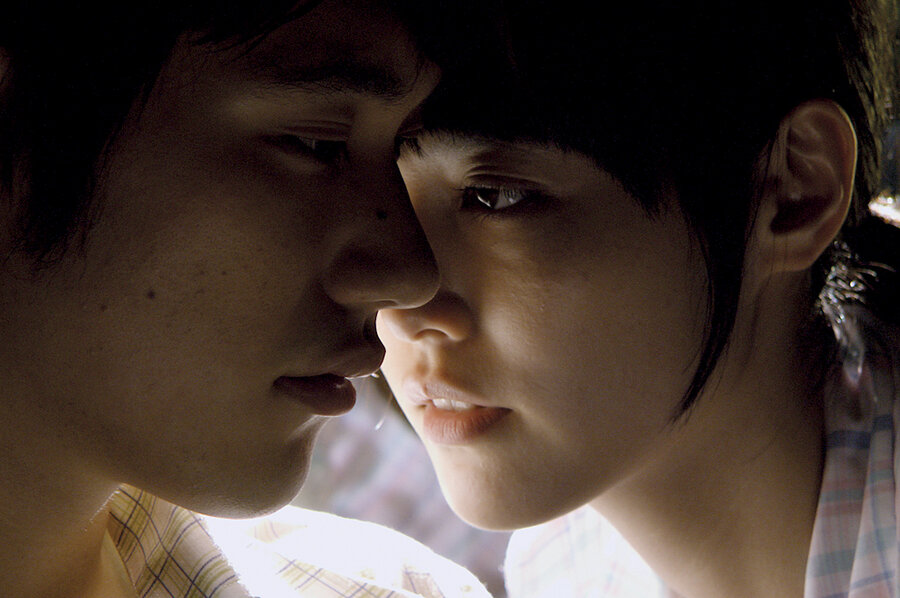Norwegian Wood: movie review
Loading...
Haruki Murakami's celebrated 1987 novel "Norwegian Wood" was about love and loss, adolescent-style, and was a huge bestseller, so it was inevitable that one day it would become a movie. But why did it have to be so languid? This is one of the rare films that suffer from being too exquisite. The young and beautiful actors seem as poetic and ethereal as the bright green landscapes and snowscapes that often provide their backdrops.
Set mostly in Tokyo in the late 1960s at a time of global student unrest, "Norwegian Wood" has as its hero the too passive Watanabe (Kenichi Matsuyama), who is pulled in his affections between two radically different young women – the emotionally unstable Naoko (Rinko Kikuchi, from "Babel"), whose boyfriend, and Watanabe's best friend, killed himself; and Midori (Kiko Mizuhara), a fellow student who looks demure but talks dirty.
This erotic push-pull might have registered more strongly if Watanabe, who narrates the film, weren't such a pill. But it's difficult to get worked up about his dilemma when both women so outclass him. Even his playboy friend Nagasawa (Tetsuji Tamayama) comes off better, even though his dismissiveness with his adoring girlfriend Hatsumi (Eriko Hatsune) makes him far less sympathetic.
In some ways, "Norwegian Wood" plays like a dreamy Japanese variant on "Splendor in the Grass." The writer-director Tran Anh Hung draws out the sex-can-drive-you-crazy aspect of adolescent torment and gives it an almost hallucinatory shimmer. He's a beautiful imagemaker ("Cyclo" and "The Scent of Green Papaya" were visually ravishing) but he often relies on imagery alone to create drama. It's not enough.
There are compensations, though. You can blissfully zone out on the director's pretty pictures, which is a permissible indulgence when the pictures are as delicately alluring as they are here. Also, the performances of Kikuchi and Hatsune are first-rate. Both actresses know how to do hysteria. In the case of Hatsune, the hysteria is banked, which gives Hatsumi's final scene with Watanabe, as she confesses her helpless love for her hopeless boyfriend, an aching sorrow. Grade: B (Unrated.)





